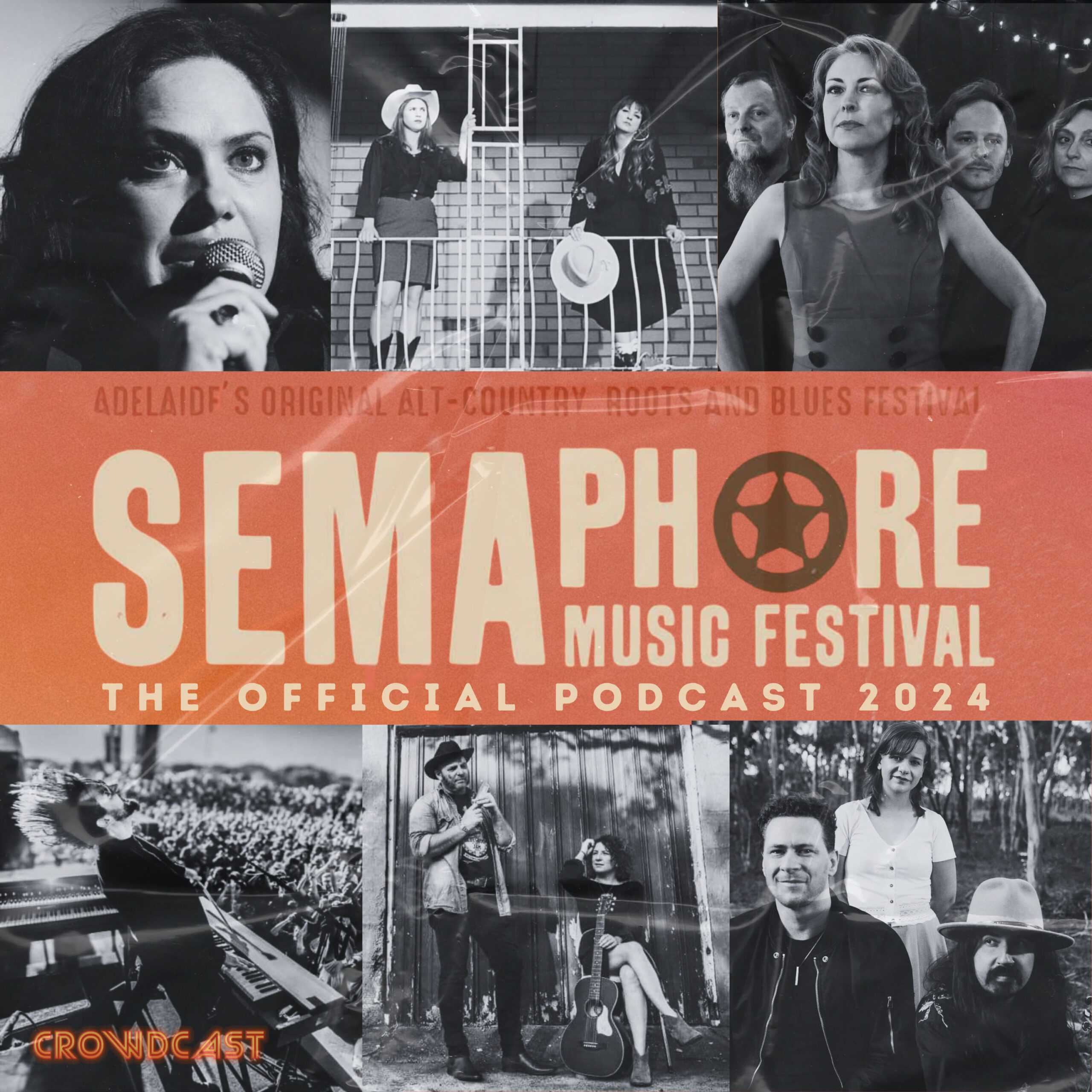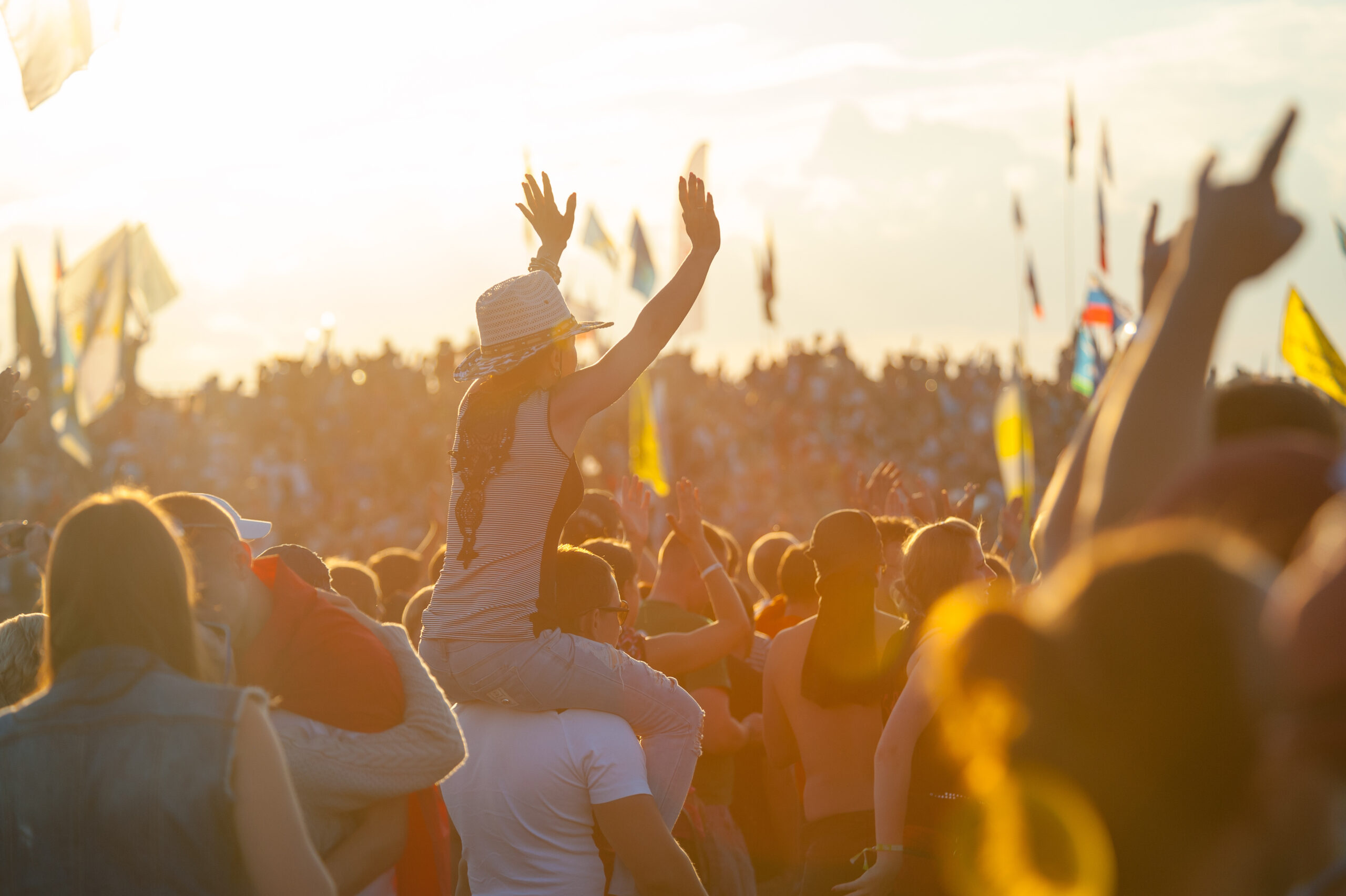The global music scene, like many other industries, faced a massive disruption during the COVID-19 pandemic. Live performances, concerts, and festivals came to an abrupt halt, leaving fans and artists alike in a state of uncertainty. However, as restrictions have eased and live events have made their comeback, audiences are embracing live music with renewed passion and enthusiasm. The post-COVID era has not only reignited the excitement for concerts but also underscored the importance of music as a medium for connection and healing.
A Hunger for Live Experiences
For many music lovers, the pandemic created a void that virtual performances couldn’t quite fill. While streaming concerts offered some solace, nothing compares to the energy and atmosphere of being physically present at a live event. The sensation of sharing a musical experience with fellow fans—feeling the vibrations of live instruments, singing along in unison, and connecting with the artist in real-time—is something many had missed deeply.
As venues began to reopen, ticket sales skyrocketed. Festivals that were postponed are now drawing record crowds, and artists, too, are eager to return to the stage. In Australia, Europe, and the U.S., iconic festivals like Glastonbury, Splendour in the Grass, and Coachella have reported unprecedented demand. It’s clear that after years of isolation and restrictions, audiences are hungrier than ever for the communal magic that live music provides.
Music as Healing and Connection
The pandemic highlighted music’s power to uplift and bring people together, even during difficult times. Post-pandemic, that connection is even more significant. Live music is now seen not just as entertainment but as a means of healing and a reconnection with humanity. The isolation and stress experienced during COVID made people yearn for shared moments of joy, and live music provides a collective catharsis. Concerts have become places of emotional release, where fans and artists alike express a sense of relief and celebration.
Artists have also responded to this change in audience behavior. Many performers, recognizing the emotional weight of the past few years, have adapted their shows to feel more intimate and interactive. Whether through acoustic sets, storytelling, or acknowledging the shared struggles, artists are fostering deeper connections with their audiences, making concerts more personal and heartfelt.
The Rise of Intimate Gigs and Local Artists
Post-COVID, there’s also been a surge in support for smaller, more intimate gigs. While large-scale festivals are booming, there’s been a resurgence in local music scenes and smaller venues. Audiences are seeking out grassroots performances, eager to support local artists and reconnect with the live music scene on a more personal level. These smaller gigs offer a more immersive and close-up experience, allowing fans to engage with the music in a unique way.
In addition, artists who weren’t able to tour during the pandemic have been able to re-establish their presence through these smaller, community-based events. Local shows, album release parties, and unplugged performances have fostered a new appreciation for the creative talent that exists within local communities.
New Technologies, New Experiences
Although live music is returning to its pre-pandemic glory, the technological advancements that arose during COVID are here to stay. Hybrid events, which blend live and virtual audiences, have become more commonplace. Fans who may not be able to attend in person can still experience live performances from the comfort of their homes, expanding the reach of concerts and festivals worldwide.
This innovation, while not replacing the magic of in-person concerts, offers a valuable alternative for those who may not have access to major venues or prefer smaller, more manageable crowds. It also opens the door for global audiences to participate in live music events in real-time, regardless of geographic location.
A New Era for Live Music
The post-COVID landscape for live music is one of revival, resilience, and reinvention. Audiences are embracing live performances with fresh enthusiasm, recognizing the irreplaceable joy that comes from gathering together to share in the magic of music. From intimate gigs to major festivals, the experience of live music has become more meaningful and cherished than ever before.
As we move forward, it’s clear that live music isn’t just a return to normalcy—it’s a celebration of survival, connection, and the enduring power of music to bring people together.




